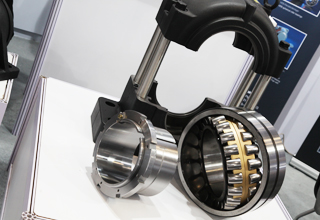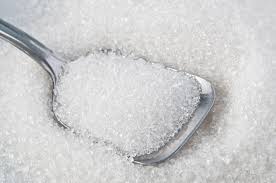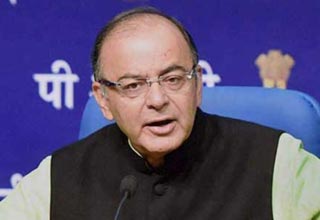Import surge likely in auto components, capital goods
Updated: Mar 03, 2015 04:08:37pm

While the Railway budget has increased the freight costs by 0.8 percent, Union Budget has hiked customs imports duty on iron and steel from 10 to 15 percent.
The moves turn the concept of ‘Make in India’ on its head as now iron and steel products – inputs, enjoy greater protection than auto components and capital goods- the finished products. It is akin to discouraging value addition in India and encouraging imports.
Imports of auto-components have already surpassed exports. In the year 2013-14 while India exported components worth US dollar 10.2 Bn and it imported components worth US dollar 12.8 Bn.
Auto component manufacturers are reeling under Chinese imports threat. The auto components import from China in the year 2013-14 jumped to US dollar 2.6 billion, India's highest ever. Now China is largest exporter of components to India with other major exporting countries being Japan, South Korea and Thailand besides EU.
According to a Crisil report, Chinese share in Indian imports of auto components has trebled to 21 per cent in 2012 from 6 per cent in 2006.
According to industry experts raw materials are cheaper in China than in India, making imports more competitive. Indian automobile component makers have to import several grades of steel and aluminium, which escalates costs. With hike in Customs duties the scale will tilt against Indian manufacturers further.
Similarly, duties on machinery and capital goods range from 7.5 to 10 percent whereas the duty on steel now stands at 15 percent. Some of the capital goods have been allowed to be imported even zero duty.
Government's own studies have pointed out that inversion of duty structure (higher import duty on select raw materials like copper, rubber components
etc. compared to that of finished Capital goods import) results in a reduced effective protection rate for the electrical segment as a whole.
Capital goods sectors includes Textile Machinery, Machine Tools, Electrical and Power Equipment which includes Boilers, Turbines, Diesel Engines, Transformers, Switchgear, Motors and Generators, Earthmoving and Construction Equipment, Process Plant Equipment which includes Pressure Vessels, Cooling Towers, Furnaces and Heat Exchangers. (KNN/AB)










